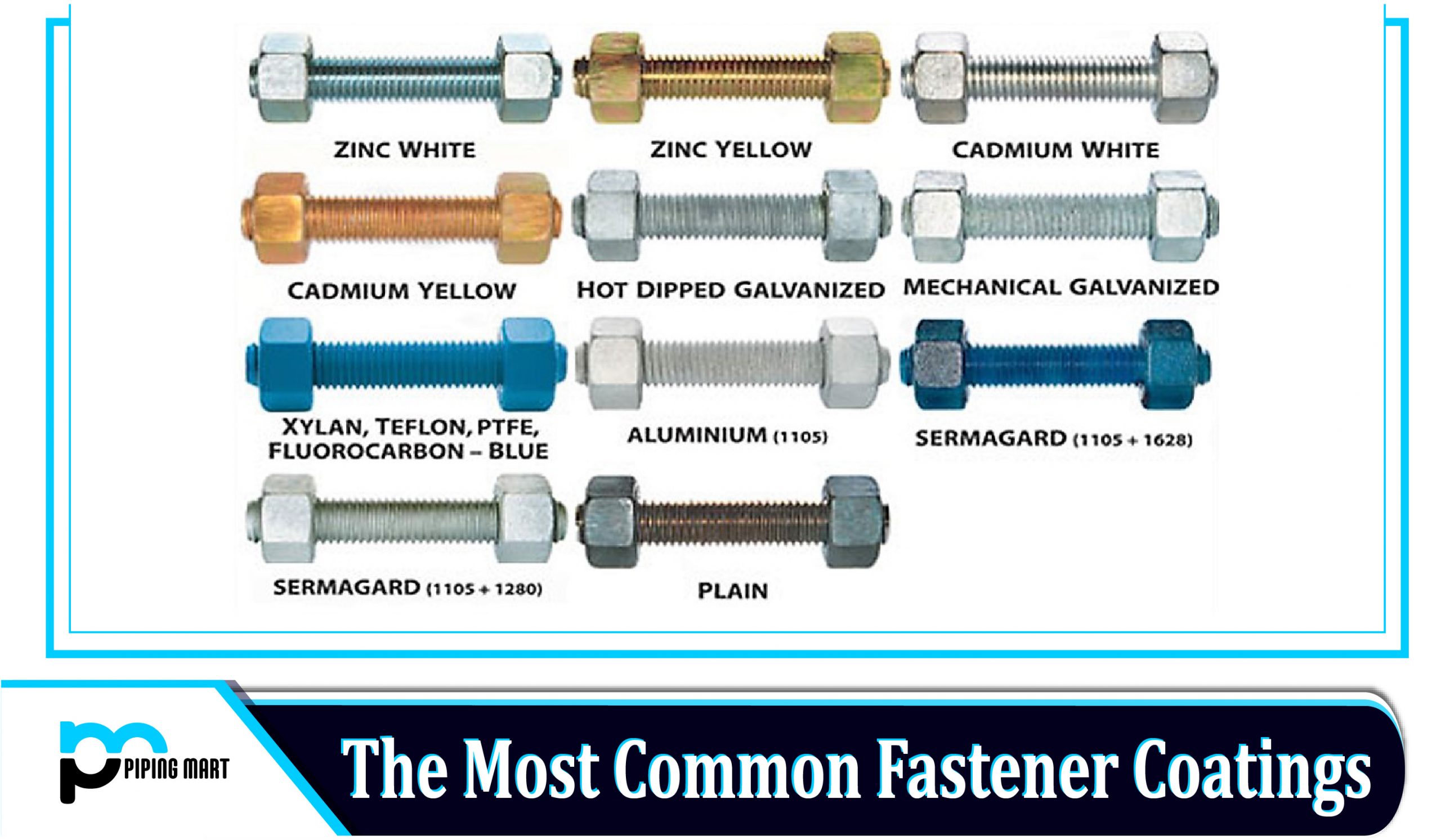Why A Gas And Watertight Seal Is Important For Your Operation
Users may have to send a pipe through a wall, floor, tank, or vault when designing a pumping system, renovating, reconfiguring, or enlarging one. The most important thing is to seal this pipe through so that no substance—gas or liquid—leaks. Failure to construct a gas or watertight seal could negatively affect productivity or the quality of the final product and pose a threat to worker safety.
In these circumstances, using a pipe penetration seal is an effective strategy. Consider the available materials, temperature ranges, diameters, and installation conditions when choosing a pipe penetration seal for the particulars of the application.
When a pipe penetrates a wall, a pipe penetration seal creates a mechanical rubber seal in the annular gap between the pipe and the wall opening. Additionally, it creates a seal between the pipeline casings or inner and outer pipe sleeves. Any electrical conduit, concrete, cast iron, steel, copper, or PVC/CPVC (polyvinyl chloride/chlorinated polyvinyl chloride) pipes traveling through walls, floors, tanks, pipeline casings, and vaults should be able to operate with the seal to achieve efficiency.
Material Considerations
According to tests, the Proco Products Pen-Seal can tolerate temperatures between -40 and 250 degrees Fahrenheit and hydrostatic seals up to 20 pounds per square inch gauge (PSIG) or 40 feet of head pressure (4 C). Glass-reinforced plastic is used in the Pen-Seal, while steel zinc dichromate is used for the hardware. Also available are 316 stainless steel, which guarantees corrosion resistance. If the pipe penetration seal comes into contact with hydrocarbons, oil, gas, or other diverse solvents, nitrile can also be employed.
EPDM, also known as ethylene propylene diene monomer rubber, is the typical elastomer used in Pen-Seals. The majority of water applications can use this material. Where cathodic protection is necessary, electrical insulation is provided by above-ground and direct burial. Using it as the cathode of an electromechanical cell—the negatively charged electrode through which electrons enter an electrical device—is used to control the corrosion of a metal surface.
Expansible foams and caulks, which are alternatives to the use of pipe penetration sealants, not only require 10 to 14 days for curing, but they also need to be reapplied to maintain the seal. A pipe penetration seal is a more long-lasting fix that reduces the need for maintenance and saves time.
The Pen-Seal is resistant to sunlight and ozone and can withstand shocks, vibrations, and sound waves. Another characteristic is insulating the inner pipe from external structures like tanks, walls, pipeline casings, and out pipe sleeves. Additionally, an anti-corrosive coating is applied to the nuts and bolts. There are also nuts and bolts made of stainless steel.
Proper Installation Tips
Support the pipe at both ends and center it in the core or sleeve opening. The Pen-Seal is not a support, and the pipe should not be able to be changed while the seal is being installed.
Ensure the bolt heads are toward the installer when you wrap the belt around the pipe.
Threading the bolt into the final pressure plate and through the seal holes, connecting the ends, and snugly tightening the bolt head will complete the connection.
Place the assembly in the slot at 6 o’clock for bigger sizes and push the remaining seals toward midnight on both sides. As required, apply a thin solution of soapy water as a lubricant.
Starting at noon and working your way clockwise around the belt, tighten the bolt with a rachet wrench. To see a small bulge between each pressure plate, tighten each bolt four turns at most. Repeating this around the seal three times minimum is required.
Applications
- Wall sleeves
- Floor sleeves
- Interior piping
- Noise dampener
- Electrical contractors
- Valve pits
- Telecommunications
- Underground Steel Tanks
- Coal Preparation Plants
- Precast Concrete
- Mining
- Marine
- Water and Wastewater
- HVAC
- Offshore oil Platforms
- Dual containment seal
- Pulp and Paper
- Power Generation

Pipingmart is B2B portal specializes in industrial, metal and piping products. Also, share latest information and news related to products, materials and different types grades to help business dealing in this industry.




